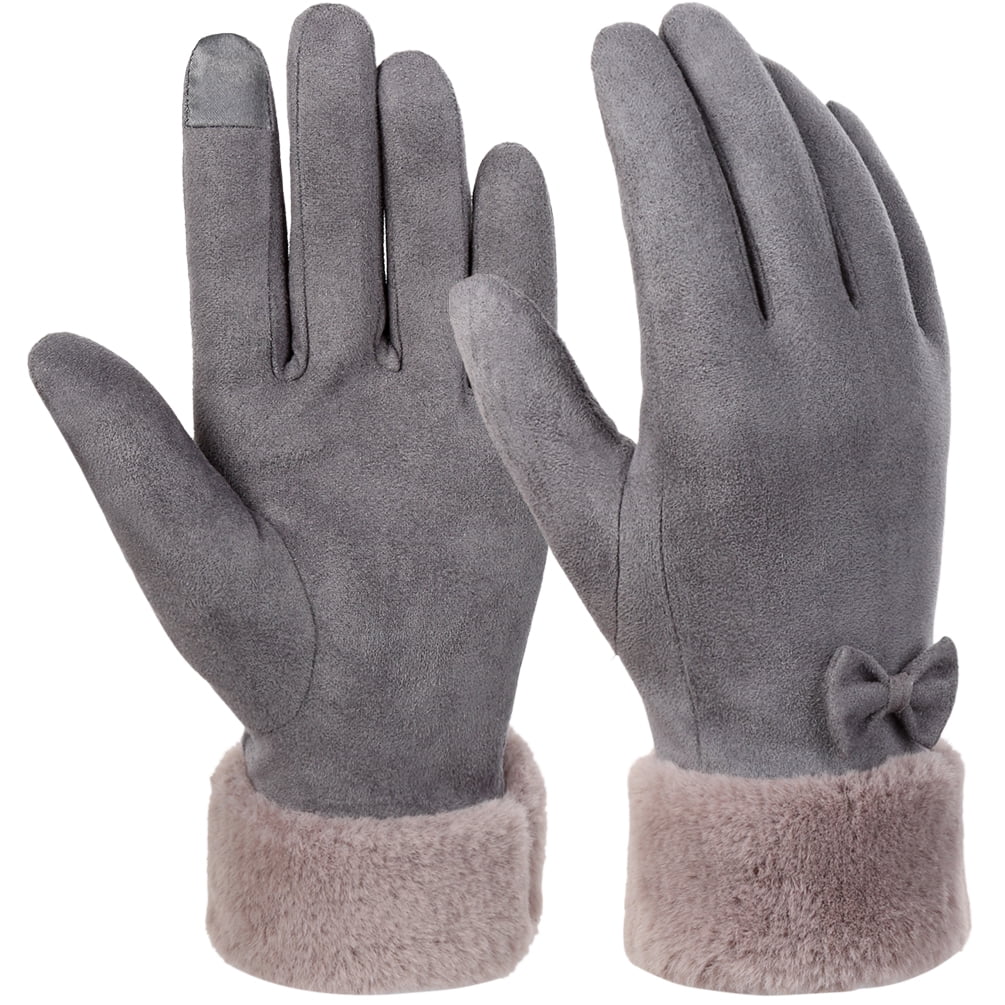
Put the bag by a window, door or cool entryway so that it can slowly adjust to the temperature change. If you’ve been outside shooting in the cold, it’s a good idea to stick your camera inside a sealed plastic bag before coming inside, so that condensation doesn’t form.

Right after being soaked by a rogue wave in Svalbard, Norwayĭrastic change in temperatures often creates condensation, which can be bad for your gear. I accidentally did this once and the humidity from my breath froze on the lens into frost. If you’re shooting in extremely cold conditions, make sure to not breathe onto your camera or lens. A rocket blower comes in handy to avoid wiping the snow off and potentially scratching a lens. I put a clear or UV filter on my lens to keep ice and snow off of the glass. Generally I use a lens hood to try and keep water off the lens in the snow. I then tie a rubber band around the lens to keep moisture off it. But if I don’t have it handy, I rip a hole in a plastic shopping bag and put it over my camera. If I’m shooting in the ice and snow, I often use a rain cover for my DSLR. When you’re shooting in harsh winter conditions it can be tricky to protect your gear. If I’m shooting outside, I try to make sure that I keep the batteries on an inside pocket next to my body to stay warm. It’s important to always have a spare or two. Whenever I’m shooting in cold environments, I always make sure I bring extra Canon batteries with me. It’s no secret-cold weather kills camera batteries. These are some my tips for photographing in the winter. But shooting in colder environments is not without its difficulties. Landscapes really come alive in winter, and I often plan my travels around visiting destinations in their coldest months. One of my favourite seasons to photograph is winter-from the beautiful light conditions, to landscapes covered in crisp snow, to clear skies and the bright Milky Way. In this article, she shares her hot tips for capturing great shots in cold climates. Living in Wanaka-the winter hotspot of New Zealand-she knows a thing or two about shooting during winter. With a little extra planning and preparation, your wintertime shoot will go smoothly, and you’ll enjoy your time outdoors.Liz Carlson is the travel photographer and blogger behind Young Adventuress-the world's leading solo female travel blog.

Some filters we really like are Hoya and Breakthrough. Make sure you bring along a circular polarizer filter to counteract this effect, and pack a good UV filter, too, to help eliminate harsh ultraviolet rays that can pop up during those bright, sunny moments when the clouds finally clear. Gray days happen much more frequently in the winter, creating a lack of color and contrast in your compositions. Hope for the best-plan for the worstĪlthough ideally the weather for your wintertime shoots will be crisp and clear, it’s important to plan for less than perfect conditions.
#GLOVES FOR PHOTOGRAPHY IN COLD WEATHER UP TO PRO#
Some of our favorite field-tested cards include the Sandisk Extreme Pro cards. Most of these more rugged cards also have added protective features that also make them shock- and drop-resistant. Don’t let all your hard work go to waste-cards that are weather-resistant are worth the extra investment. Just like back-up batteries, you can never have too many memory cards, especially ones that can withstand extreme weather. And it certainly won’t hurt to have the additional handling security provided by a grip, especially when working outdoors with gloves on. These handy accessories can effectively double your battery capacity, and can even improve a camera’s speed and fps rate. Also consider investing in a compatible camera grip. Lowepro Whistler Backpack 350 AW II (Gray)ĭon’t forget the backup batteries! Cold winter weather can decrease battery life, so it’s important to come prepared with extra batteries and chargers, just in case.

Many of our outdoor photographers recommend the Shimoda Action X30 or Lowepro Whistler Backpack. Weatherproof interiors will add an extra layer of protection. Lots of bags and backpacks come with an optional rain fly for inclement weather, but starting with a sturdy bag made of tarpaulin, nylon ripstop or other similar materials will provide plenty of protection. Keep your camera covered-as well as the rest of your gear-by stashing it in a waterproof pack. And don’t forget to check the forecast for any precipitation so you can include a water-resistant layer or two as well. Be better prepared by building from a moisture-wicking base layer, then adding additional layers that can easily be removed. The morning may begin with an overcast sky, but a bright, shiny sun in the afternoon reflecting off of snow can significantly boost your body heat. Many climates that experience cold winters also have frequent fluctuations in temperature throughout the day. Freehands Men’s Stretch Thinsulate Gloves Large (Black)


 0 kommentar(er)
0 kommentar(er)
